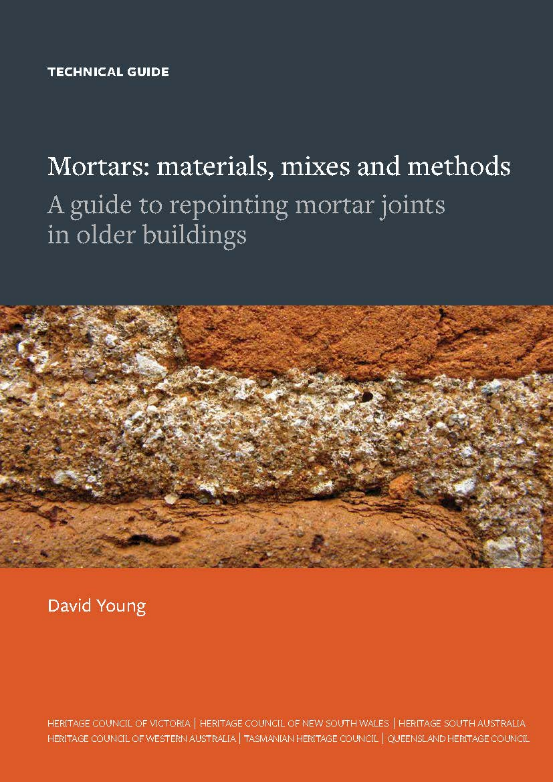
If you’ve ever considered presenting at or attending an APT annual conference, then this is your year! APT 2023 Seattle from 9-14 October in Seattle, Washington, will be the first APT conference on the West Coast of North America in over a decade. For background, watch the APT23 Seattle Promo Reel.
Apart from minimising travel time from Australasia, there are good flight deals currently available to Seattle. And if you want to take in Vancouver as well, flights are even less expensive (around $2,000 return from the east coast of Australia), and the two cities are well connected by car/bus (3 hours), train, or a beautifully scenic ferry ride across the Puget Sound.
This year’s conference streams have been tailored to the Pacific Rim location, so they are particularly pertinent to APT Australasia members. For example, Program Track 2: Environment (Resilience and Natural Disasters) encourages papers on actionable preservation solutions to counter the effects of climate change and associated extreme weather, and lessons in disaster recovery such as preparedness, response, loss, and rebirth. And Program Track 3: Cultural Heritage is very broad, encompassing topics ranging from preserving vernacular and non-landmarked properties, such as “single-wall buildings” in Hawaii or the “Federation Bungalow” Style in Australia, to technological analysis of the evolution of building and material technology within a culture or where cultures intermingled. Check the abstract submission site for more details about these conference themes, as well as Program Track 1: Technology in Historic Preservation.
This is a great opportunity for us as Australasian preservationists (to adopt the North American terminology) to showcase our strong heritage conservation skills and take part in impactful and lively international discussions provided by leaders in our industry.
Abstracts are due on Monday, 27 February 2023 – so get your mind going. We’d love to know if you decide to submit an abstract, so feel free to email us a copy for our reference!





